A yellow jacket just stung you. You jump, scream and shout expletives.
Or, if you’re Justin Schmidt, you describe the sting as such: “Hot and smoky, almost irreverent. Imagine W.C. Fields extinguishing a cigar on your tongue.”
Schmidt might be called the King of Sting: He’s spent much of his career researching bees, wasps and ants, including the chemical make-up of their venom. He’s traveled to six continents to track down stinging insects.
And he’s been stung. A lot. His Schmidt Pain Scale for Stinging Insects assigns a pain rating for each sting, and also includes a description of each sting experience that reads like wine tasting notes for pain.
Fortunately for us, Schmidt now tells his story in The Sting of the Wild (Johns Hopkins University Press, 2016), a rollicking look at the wild world of stinging insects, their social lives, their defenses and how humans react to them. It’s hard to imagine a nature book being more fascinating and fun. And yes, it includes his complete pain scale with descriptions of each sting, worth the price of the book alone.
Schmidt is a biologist at the Southwestern Biological Institute and is affiliated with the Department of Entomology at the University of Arizona. His fascination with insects that give most people the heebie-jeebies began when as a kid he threw rocks at a hornet nest. With a background in chemistry, his fascination led him to studying the components of venom and how it works on humans.
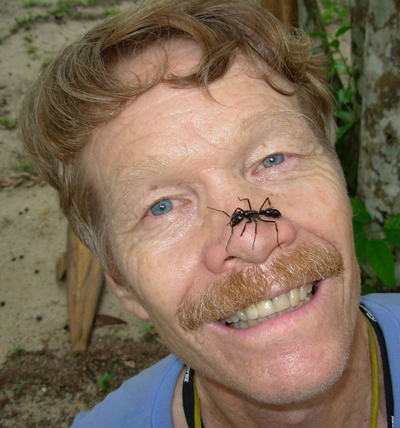
One of the first things Schmidt wants to make clear is that he does not actually enjoy being stung.
“People want to be entertained. They love to see violence and pain,” he told me in a recent interview. “There are all these extreme shows that emphasize this now. It is convenient to squeeze me into that genre.”
He’s not just after shock value. His interest in stings is rooted in scientific curiosity, and a deep fascination with the colorful, interesting insects that also happen to pack a potent wallop when we threaten them.
“When a honey bee stings me, I curse just like anyone else would,” he says. “When a new insect stings me, it is admittedly kind of interesting for the data it provides. But when it’s a honey bee, an insect that has stung me 1,000 times, it is pure misery.”
He attributes his long list of stings partially to laziness: when working in the tropics, he often decides to forego the effort and sweaty discomfort of putting on a bee suit. Often, he needs to observe how bees act when they’re aggravated. A recipe for pain.
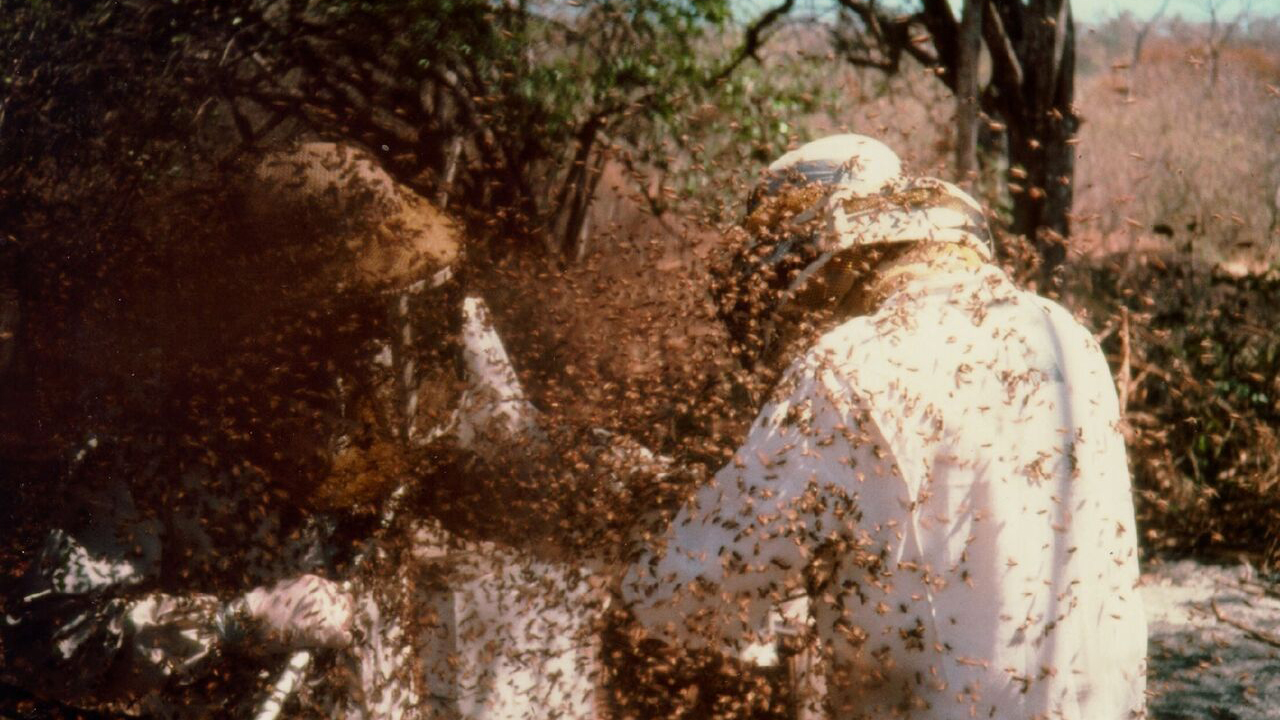
“One of my specialties is antagonizing bees to get answers to my questions,” he says. “They usually oblige.”
Some stinging insects, though, don’t cooperate. So, in select cases, he’ll go attempt to get stung. The cicada killer – a large wasp with a fearsome reputation – is one example. As a solitary insect, it really had little to defend (many insects sting because they’re protecting a colony filled with helpless eggs, young and workers). While many people claim its sting is frightful, there was no actual evidence. So Schmidt picked one up.
“These are not aggressive insects, but it did sting me,” Schmidt says. “If a mountain lion pounces on you and you punch it in the stomach, that does not make you an aggressive person.”
The Sting of the Wild is full of the stories of science of stings. Schmidt is an engaging writer, and his youthful enthusiasm for scary critters makes for a book that will sometimes scare you and sometimes make you double over with laughter.
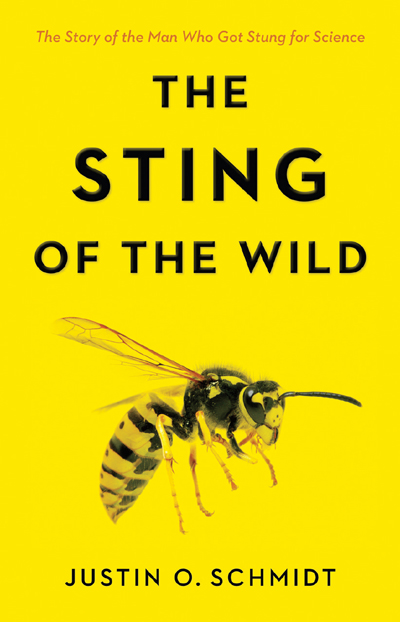 Take his advice for dealing with tarantula hawks, a large wasp with a deserved reputation for nasty stings:
Take his advice for dealing with tarantula hawks, a large wasp with a deserved reputation for nasty stings:
“Stung by a tarantula hawk? The advice I give in speaking engagements is to lie down and scream. The pain is so debilitating and excruciating that the victim is at risk of further injury by tripping in a hole or over an object in the path and then falling onto a cactus or into a barbed-wire fence. Such is the sting pain that almost nobody can maintain normal coordination or cognitive control to prevent accidental injury. Screaming is satisfying and helps reduce attention to the pain of the sting.”
In short: avoid the tarantula hawk.
Schmidt’s Pain Scale for Stinging Insects is included in the book in all its glory. It’s a masterpiece of nature writing. I wish I could reprint the whole thing here. Each insect is rated for pain on a scale of 1 to 4, with 1 being hardly worth a notice and a 4 approaching medieval torture chamber. But it is Schmidt’s descriptions that really stand out: think Stephen King meets Wine Spectator tasting notes.
“I have to clear my brain to get the best description,” he says. “I try to describe the sting in a way that is fun and amusing, and that also has a base in reality. When I describe the stink ant’s sting as having hot garlic oil poured in your wound, that is based in reality. The stink ant releases an awful garlic smell that can almost make you physically sick.”
To give a small, ahem, taste of the pain scale descriptors:
Little wasp: Sharp meets spice. A slender cactus spine brushed a Buffalo wing before it poked your arm. (1)
Sweat bees: Light and ephemeral, almost fruity. A tiny spark has singed a single hair on your arm. (1)
Florida harvester ant: Bold and unrelenting. Somebody is using a power drill to excavate your ingrown toenail. (3)
Bullet ant: Pure, intense, brilliant pain. Like walking over flaming charcoal with a 3-inch nail embedded in your heel. (4)
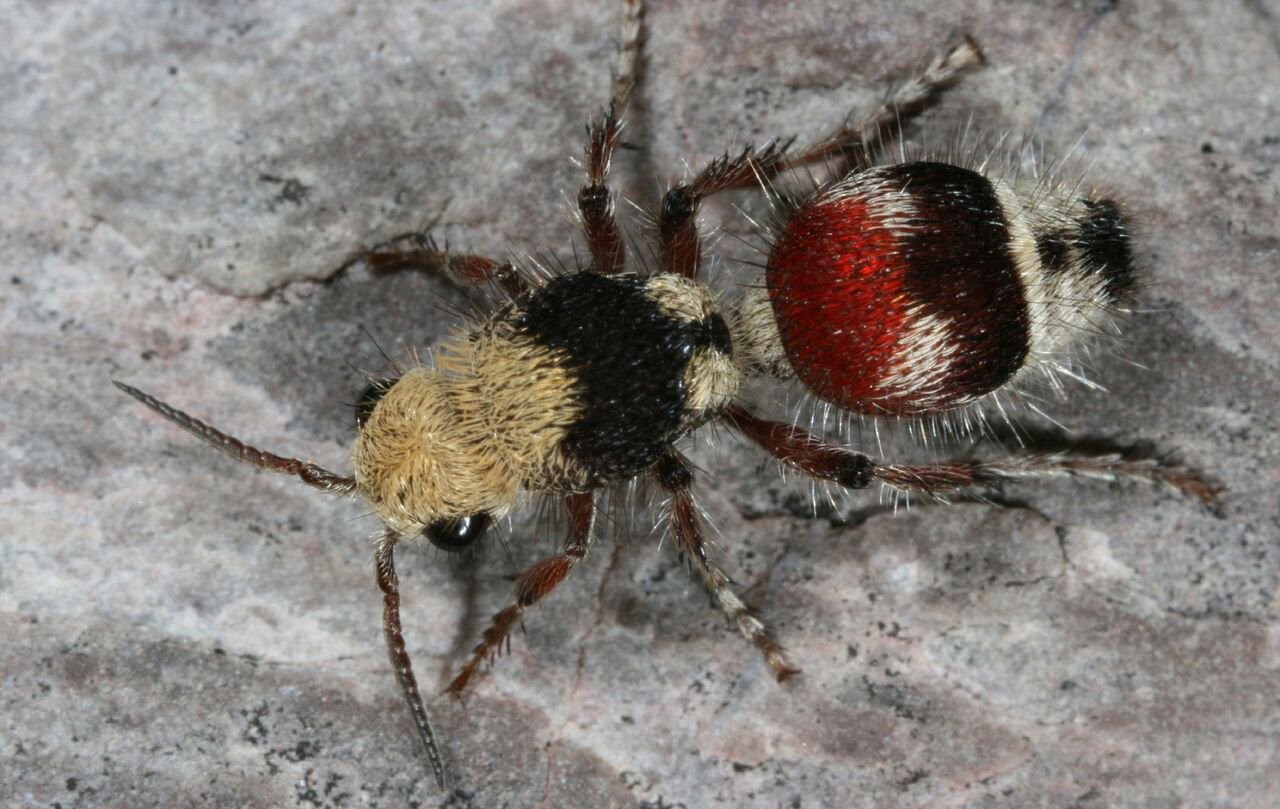
This book covers more than human pain. Schmidt writes eloquently of the natural histories of some astounding insects. Some of these stories are horrifying in their own right, like the solitary wasp. Many species of these wasp sting their prey, rendering the creature paralyzed but otherwise alive and well.
The wasp then takes it to a nest and lays an egg on it. The larva hatches onto a fresh, immobile dinner – and proceeds to slowly eat it, keeping it alive for the maximum period of time, bite by bite. The plot of a particularly terrifying horror movie.
The Sting of the Wild is full of stories like this, mixed with personal adventure. “Yes, these are often really scary insects,” says Schmidt. “But look at how fascinating they are. They have wonderful stories. They’re like natural novels.”
Schmidt believes that stinging insects are part of what makes life worth living. Not convinced? He notes in his introduction that large predators like grizzly bears and dangerous creatures like venomous snakes fuel our imaginations, our stories, our dreams. Stinging insects play much the same role.
“Our lives need beauty and complexity,” Schmidt says. “Stinging insects provide both. Many of these species are shiny and colorful. They’re gorgeous. And if someone steps on a yellow jacket nest, you can bet they’ll be telling everyone at the party. And they will enjoy telling the tale.”
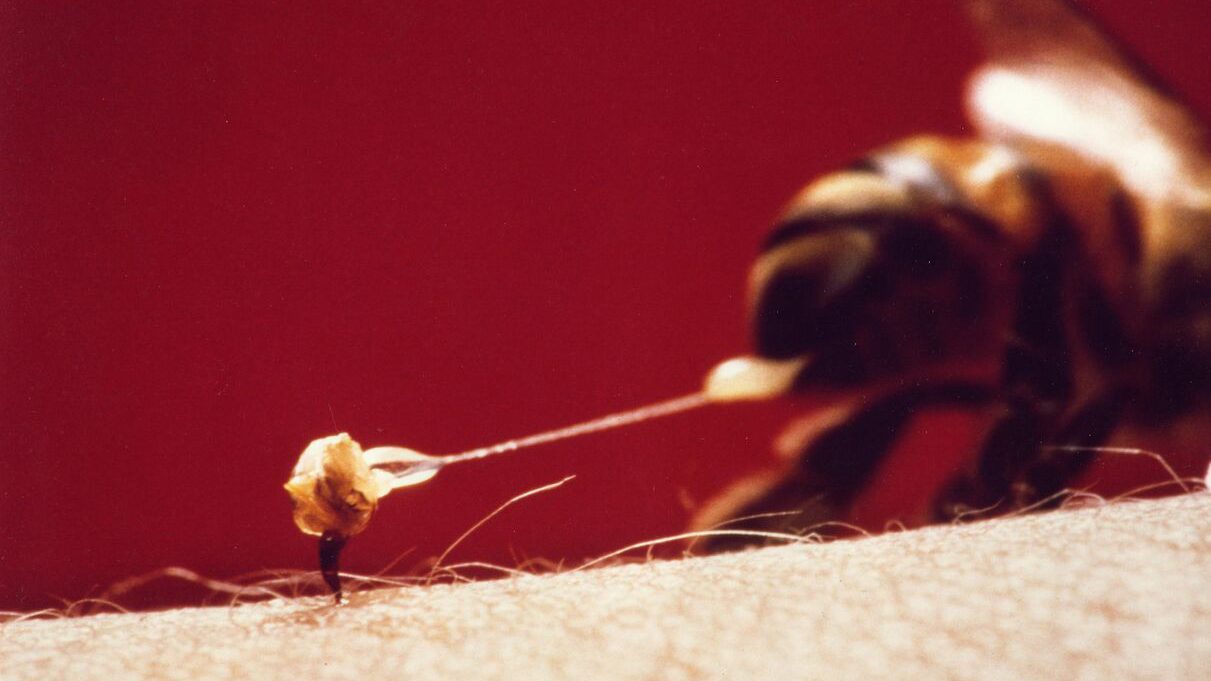
Schmidt, a long-time Nature Conservancy member, believes that conservationists ignore bees, wasps and ants at their peril. “Paper wasps are our friends. They eat only caterpillars. Yes, they’ll sting you, but only because you’re threatening them,” he says. “Yellow jackets eat huge numbers of flies. Ants tell us a lot about social organization. Those are the practical arguments for stinging insects. But on another level, they enrich our lives and our stories. A planet covered in blacktop does not enrich our lives.”
I often pick up the interests of the nature-obsessed people I write about on this blog, whether it’s fishing for minnows or spotting ground squirrels. My wife nervously asked if that would be the case this time around. The other day I saw a yellow jacket and moved away even faster than usual. No, I don’t want to get stung. I don’t want a cigar extinguished on my tongue.
But, after reading this book and talking with Schmidt, I do have a new respect, even awe, for these stinging creatures. As with the best of nature books, The Sting of the Wild will make the world around you come alive with possibility and adventure.
And you will always watch where you put your hands when hiking in bullet ant country.
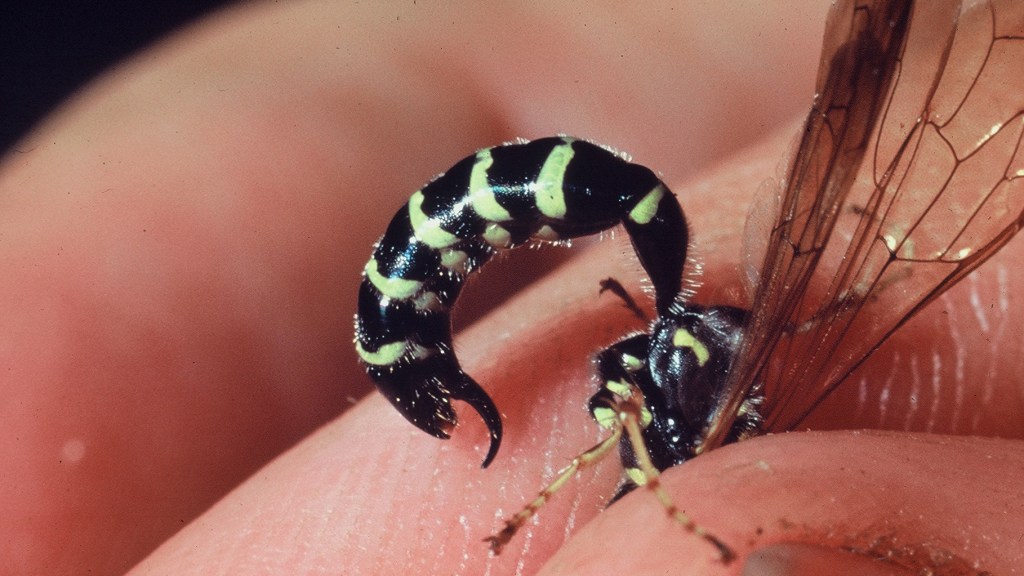



I wish I had this book but I say this man is crazy even if he doesn’t like getting stung dudes got ____ . Iv got respect man
I got stung by a black bee and in fl . and was parasited one I swezed it out and the other did not come out I kild them first .
Wow if some one like him was to be stung by all these insects it most suck really bad
Fascinating!
Now that is quite the job! And yes we need them around. But not in the eaves of my house please!
And there’s nothing cooler than watching a cicada killer take down a cicada mid flight. They’re the P51s of the insect world.
Neat story!